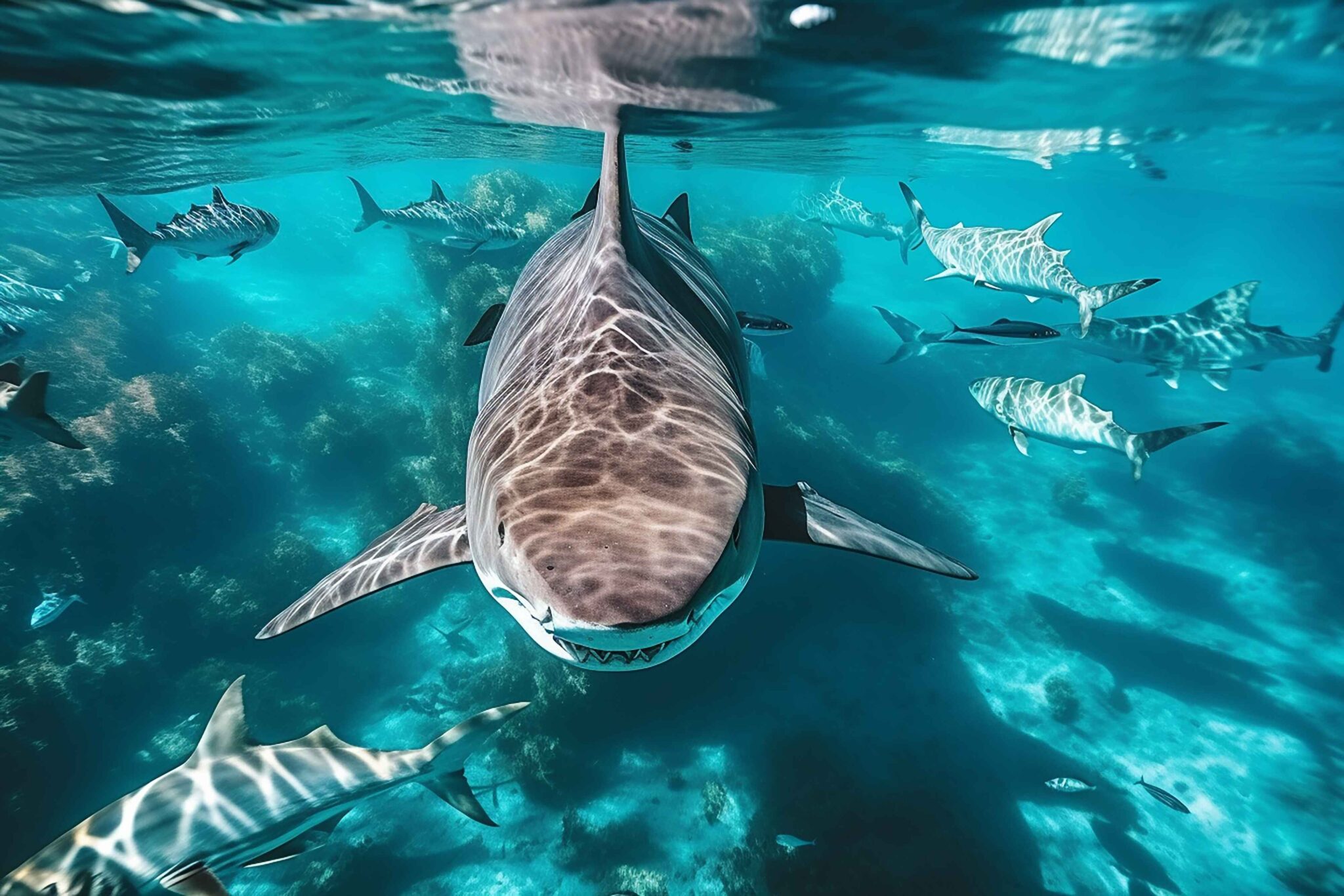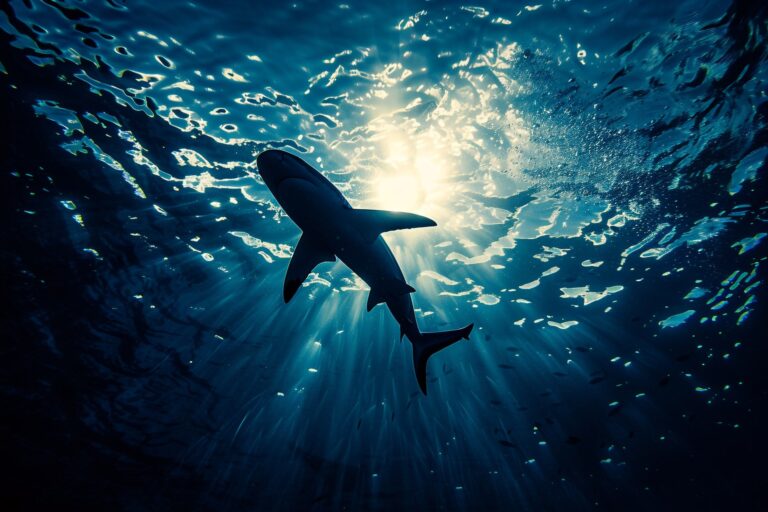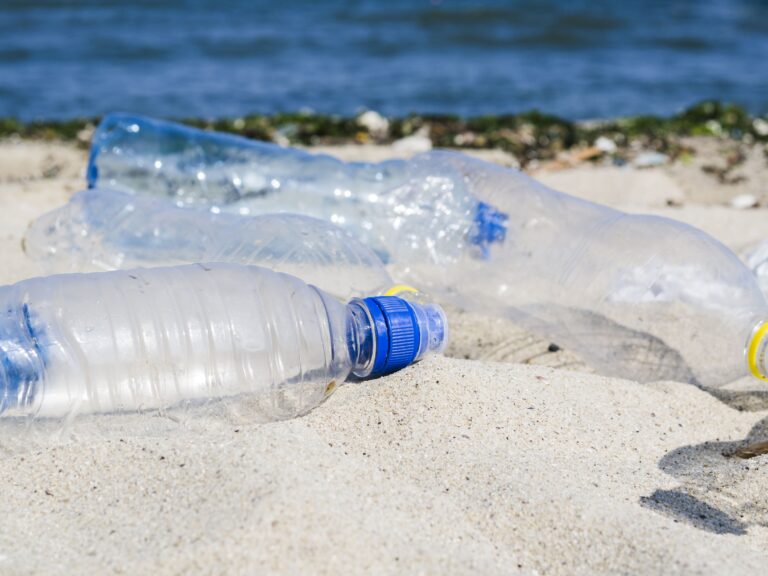Do Sharks Really Mistake Humans for Seals?
Unpacking the Myth
It’s one of the most enduring ideas in popular culture: a shark bites a swimmer or surfer because they think they are seals. Movies, documentaries, and sensationalist news stories have cemented this image, but how accurate is it? Let’s dive into the science, history, and behavior behind this notion to separate fact from fiction.
If you’re curious to see these incredible animals up close, shark cage diving in Cape Town offers a safe and thrilling experience from our boat and cage.
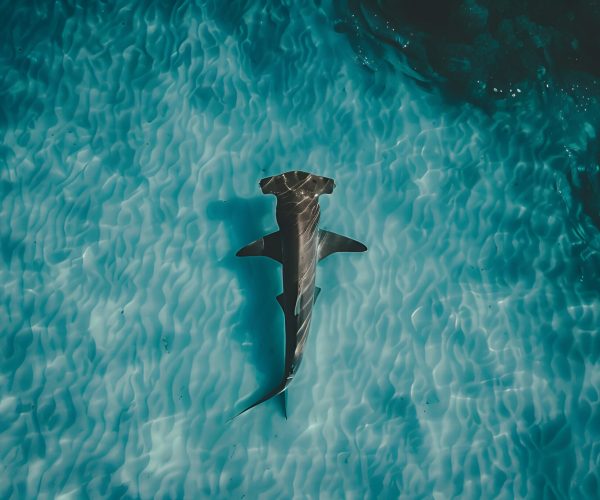
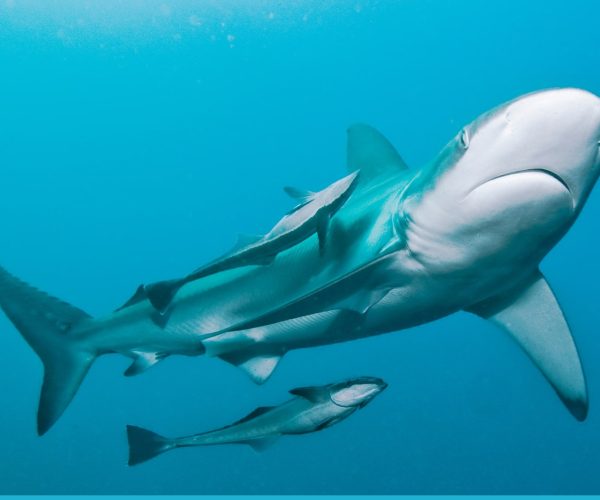
Origins of the “Mistaken Identity” Theory
The idea that sharks mistake humans for seals originates in early research on great white shark attacks. In the 1950s and 1960s, marine biologists noticed that many attacks occurred adjacent or a few kilometers from seal colonies, especially in places like South Africa’s Gansbaai, California’s Farallon Islands, and Australia’s Neptune Islands.
Sharks often attack surfers paddling on boards, and early observers noted that from below, a human on a surfboard vaguely resembles a seal: the white underside, the outline, the paddling motion. Jaws-era sensationalism and media reports in the 1970s amplified the notion, giving rise to the “mistaken identity” explanation that is still repeated today in documentaries and safety guides.
The Science Behind Shark Perception
Sharks are not mindless predators; they have highly tuned sensory systems that allow them to detect prey in a variety of environments. Great white sharks, for instance, rely on a combination of vision, smell, and the lateral line system—which senses water movement—and the ampullae of Lorenzini, which detect electrical fields produced by muscle contractions.
Research from Wirsing et al., 2009 and studies published by the University of Cape Town’s Marine Research Group show that while sharks can mistake the silhouette of a human for a seal from below, most attacks are investigative rather than predatory. Sharks often deliver a single “test bite” and retreat, which is consistent with exploratory behavior rather than an intent to feed.
Humans are not part of a shark’s normal diet. The caloric payoff of a human is low compared to the energy-rich blubber of a seal. Moreover, repeated observations show that sharks tend to avoid humans after an initial bite, indicating that they are capable of learning and distinguishing between prey types.
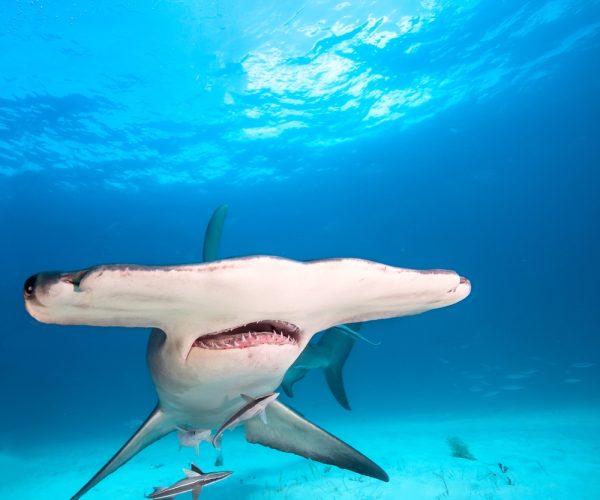
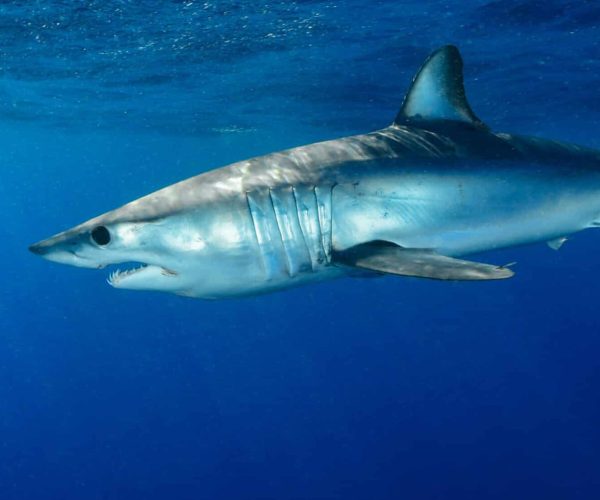
Mistaken Identity in Context
The “mistaken identity” hypothesis is most plausible in certain conditions:
- From below: A shark approaching a surfer may see a floating shape against the sunlit surface, superficially resembling a seal.
- Distance and light: Under low light or murky water, visual cues are less precise.
- First encounters: Young or inexperienced sharks may be more prone to exploratory bites.
However, not all attacks fit this model. Some take place near rocky reefs, shallow waters, or in areas with little seal activity, suggesting alternative explanations such as territoriality, curiosity, or investigatory behavior.
The Role of Media and Public Perception
Movies like Jaws (1975) cemented the idea that humans are prime shark prey, but this is an exaggeration. According to the International Shark Attack File (ISAF), the fatality rate for unprovoked shark attacks worldwide is extremely low—roughly 5-10 deaths per year in all of South Africa, and thousands of people enter South African waters daily.
Public fear, fueled by dramatic narratives, overshadows the reality: most shark bites are non-lethal and investigatory, and sharks are far more likely to mistake other prey than actively hunt humans.
How Scientists Study Shark Behavior
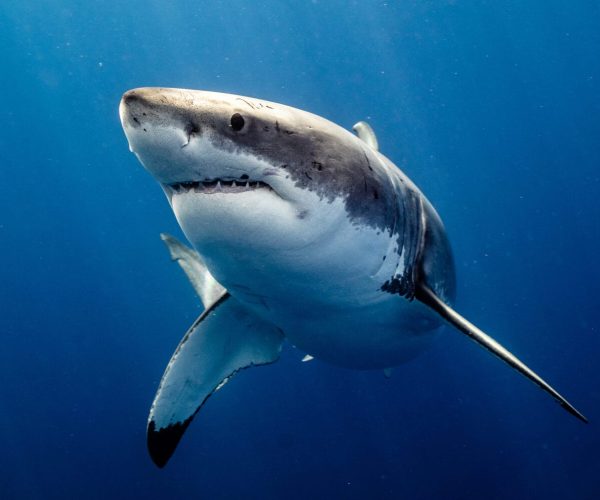
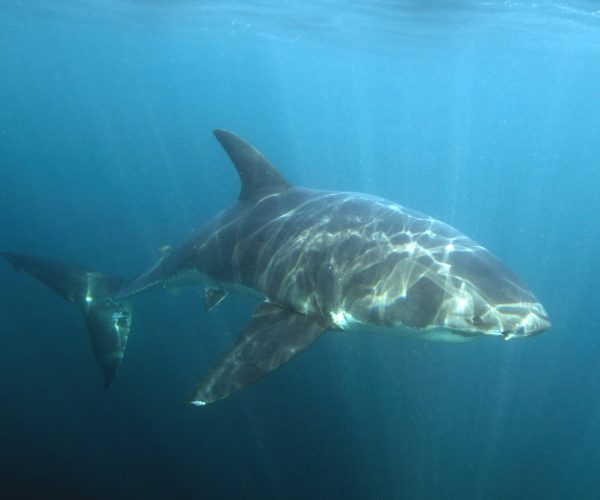
Modern research uses drones, tagging, and underwater cameras to monitor interactions. For instance, studies by Cape Town’s White Shark Research Group show that sharks often circle before biting, indicating curiosity and sensory assessment. Test-biting behavior is a hallmark of “sampling,” which aligns with the mistaken identity theory but also emphasizes that sharks are not mindless killers—they are evaluating unfamiliar objects in their environment.
Bottom Line: Myth vs Reality
So, do sharks really mistake humans for seals? The answer is: sometimes, but it’s nuanced. Sharks may misidentify humans in certain conditions, especially surfers from below, but the majority of attacks are investigative rather than predatory. Humans are not typical prey, and sharks can learn to avoid non-prey species.

